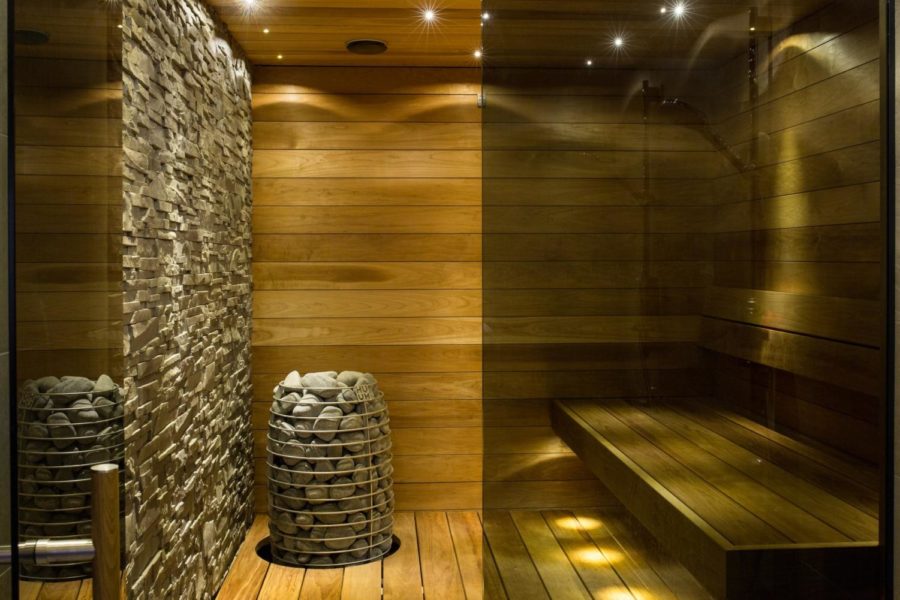Galloway: Start using the sauna
July 20, 2021
The sauna has a myriad of health benefits when used safely and with caution. The sauna is a great way to rediscover the fountain of youth while staving off the inevitability of father time. One of the oldest practices of health and wellness, saunas have existed for approximately 2,000 years. There are many reasons to enter the sauna, and I will elaborate on a handful of advantages and how to avoid a couple risks in the process.
A sauna is an excellent way to reduce stress and allow our bodies to enter the parasympathetic state, which allows us to digest, heal and rest. It’s a room in which there are no distractions coming from the outside. This is a great form of escape for the mind from the outside world. The sauna relaxes the body’s muscles, and it improves blood circulation. It releases endorphins, and the end result is a similar effect to how people describe “runners’ high” following the session.
For the athletes out there, saunas increase endurance and overall heart health. Mental strength is a phenomenal aspect of this unique type of workout. Those last several minutes can be torturous when your heart rate rises to that of a moderately fast run. This builds mental fortitude and provides an excellent form of heat training if you compete in a summer sport.
One study has shown that using the sauna 4 to 7 times a week decreases the risk of passing away from cardiovascular diseases by 50 percent. This same study mentioned that people are also 66 percent less likely to develop dementia and 67 percent less likely to have Alzheimer’s. According to the Mayo Clinic, there is a reduction in the risk of high blood pressure and the chance of suffering a stroke. It’s a great option for the older folks who want to have some activity without risking injuries common in sports or other active forms of physical exercise.
In my experience, when first starting sauna training, I suggest staying for around 10 minutes and gradually working your way up. It’s not a bad idea to bring some water, and added electrolytes are optional to replace all the sodium that has been lost. I’ve worked toward a range of around 35-50 minutes. I bring about 40 ounces of water with electrolyte powder and ice. If you begin to feel dizzy or lightheaded, get out as quickly as possible. Even the most stress-reducing activity has risks. If you have a fitness watch, I suggest tracking heart rate so you don’t push too hard. I have pushed too hard, and it ended with me passed out on the shower floor after the session. Like I mentioned earlier, tread lightly and gradually work your way up.







